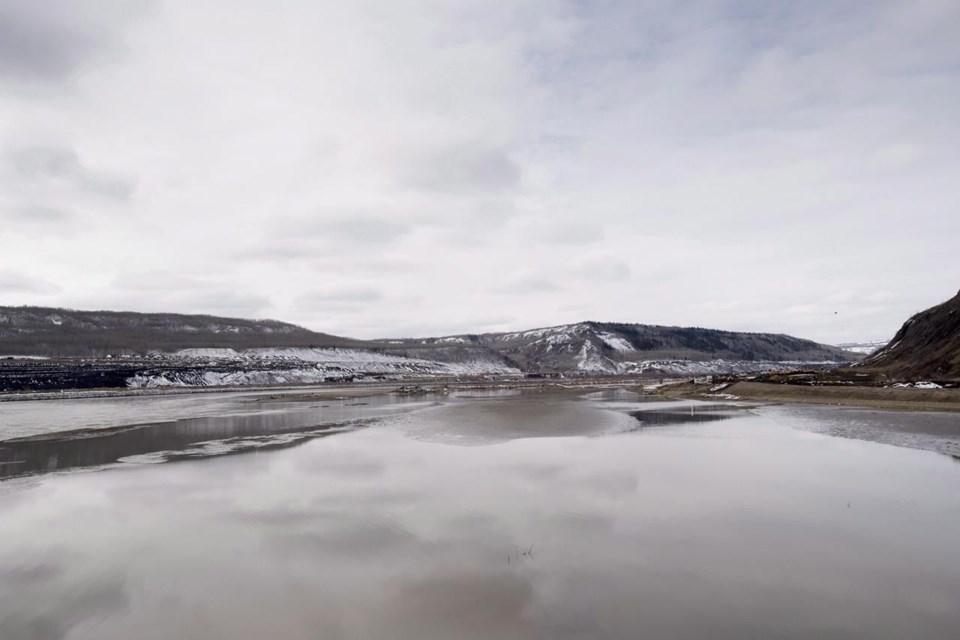VANCOUVER — BC Hydro and the provincial government have announced a new five-year plan for the Crown corporation that provides incentives for people to switch from fossil fuels to electricity to power their homes, businesses and vehicles.
Under the plan announced Tuesday, BC Hydro will spend nearly $190 million to promote fuel switching in homes, buildings, vehicles and industry.
More than $50 million will be spent to attract industries to B.C. to run their businesses and reduce their carbon footprint by using hydroelectricity.
Bruce Ralston, the province's minister of energy, mines and low carbon innovation, called the plan "ambitious" and said it could lead to lower rates for BC Hydro customers, potentially by about 1.6 per cent by 2026.
"We plan to use B.C.'s clean power advantage, the power of water to transition away from using fossil fuels like gasoline, diesel and natural gas to using clean electricity over the next five years," he told a news conference.
Premier John Horgan said the plan could reduce greenhouse gas emissions by about 930,000 tonnes by 2026. That is equivalent to taking about 200,000 passenger vehicles a year off the road, he noted.
"Those solutions will lead to what we call energy switching, moving away from fossil fuels and taking up more clean, green electrified options," Horgan said.
This plan builds on existing rebates and customer supports for the installation of heat pumps, electric vehicle chargers and electrification measures, he said.
The province announced in January that it would set up an electrification fund using about $84 million from the federal government's infrastructure investment program. The fund aims to reduce the costs of connecting to the power grid and supporting certain industrial customers upgrading their connections.
The amount would cover up to 50 per cent of a customer's eligible costs, such as new transmission lines, to a maximum of $15 million.
It said then that depending on the industrial facilities that participate, these electrification initiatives could reduce the release of more than one million tonnes of greenhouse gas emissions each year.
Ralston said homeowners can benefit from new top-up incentives that could save them about $3,000 over existing rebates on electric heat pumps if they're switching from natural gas.
The government also plans to "more than triple" the number of public fast-charging stations for electric vehicles by 2025, he said.
In July, the B.C. government announced a hydrogen strategy involving government, industry and innovators to help the province achieve net-zero carbon emissions by 2050.
Ralston said then that the short-term goals include establishing regional hydrogen hubs to supply fuel to industries and consumers. This would take place while increasing the number of medium and heavy-duty vehicles powered by hydrogen on highways and at industrial sites, he added.
At the news conference Tuesday, Horgan emphasized the role of such "cutting-edge innovations" along with the push for hydro power to help the province switch from fossil fuels.
Chris O’Riley, president of BC Hydro, said the province has been powered by clean energy for decades by dams and generating stations.
"The impacts of climate change, though, continue to confront us,” O’Riley said, noting the drought conditions, heat wave and fires over the past summer.
"Thanks to the clean power advantage we have here in B.C., we are well positioned to act on climate change and to reduce greenhouse gas emissions by reducing our reliance on fossil fuels."
This report by The Canadian Press was first published Sept. 28, 2021.
Hina Alam, The Canadian Press
Note to readers: Exchanges photo attached to Site C. The previous photo was not a hydro dam.




